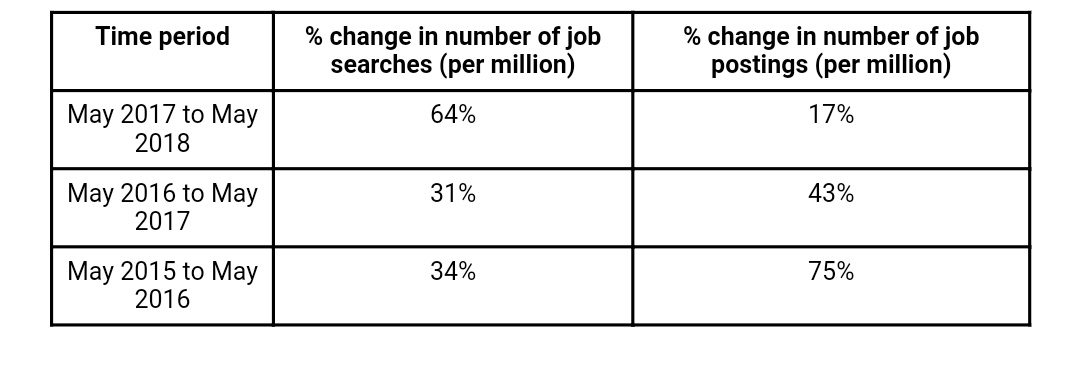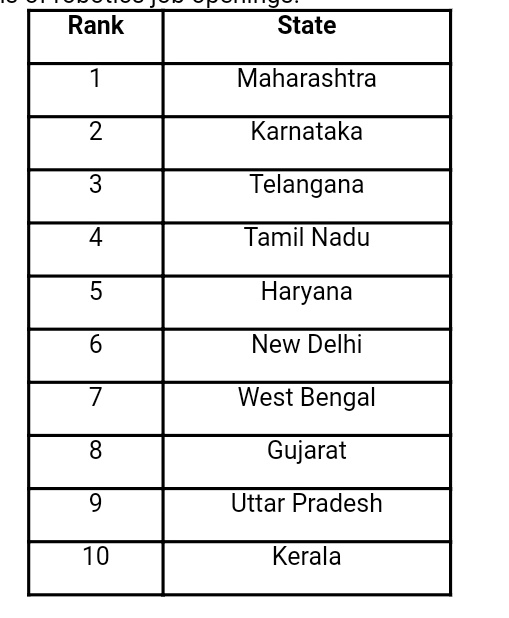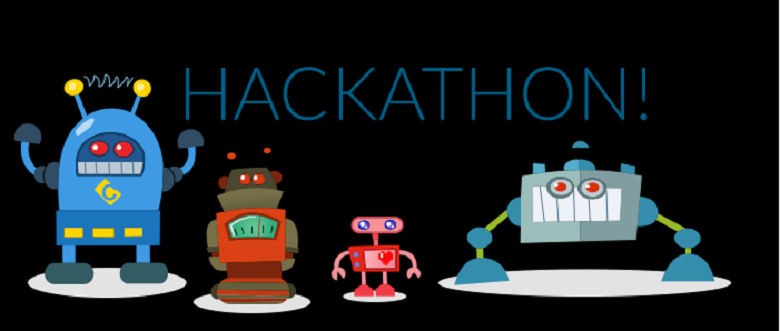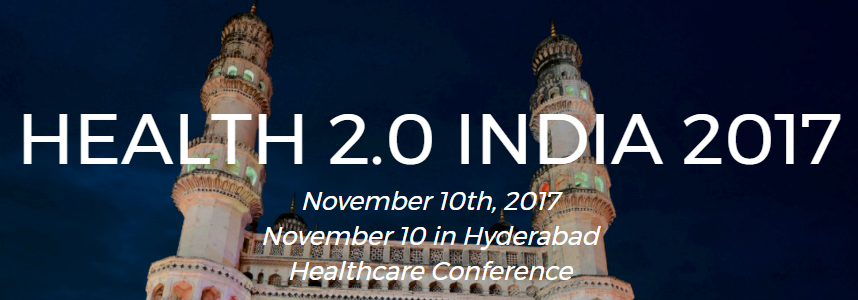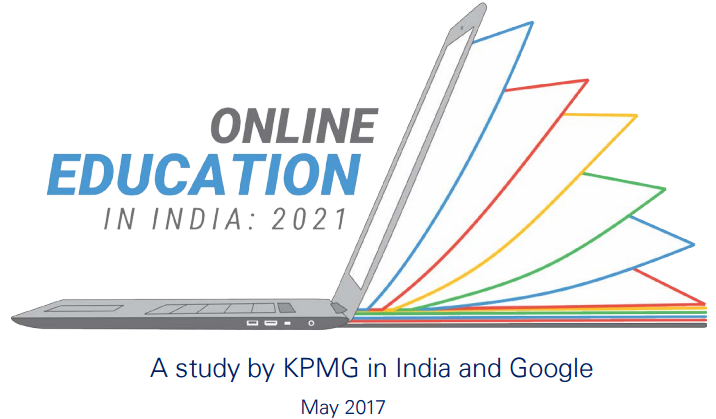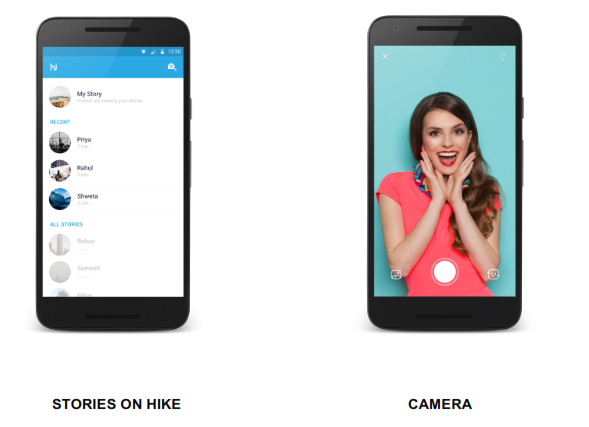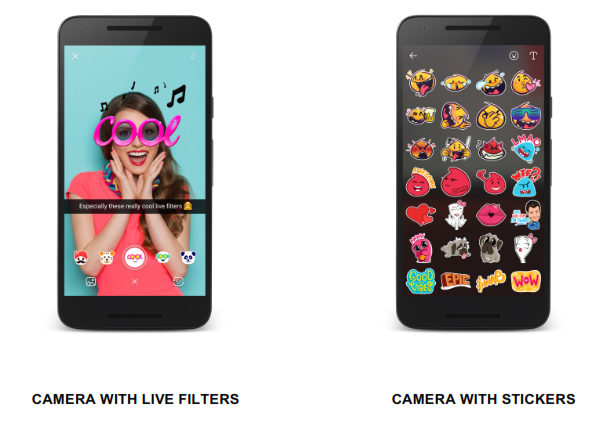To say that COVID-19 has taken the world by storm would be a massive understatement. As of 04th May, more than 3.5 million people have been infected by the Coronavirus globally, and more than 2 lakh have succumbed to it. India too is at a very critical stage of this pandemic. We have now over 40,000 cases, but the number is climbing rapidly and a severe lockdown and rapid testing is the only way to stem the tide.
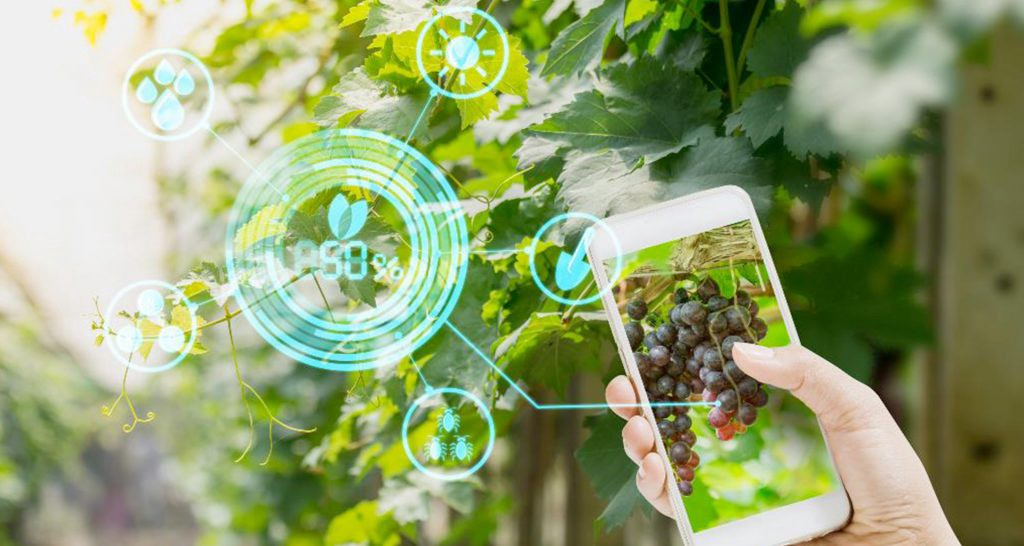
As the country now finds itself in the midst of long term lockdown, there is going to be a massive ripple effect on the entire economy. And agriculture, the backbone of the Indian [even global] economy would be impacted. Even though the situation is fairly volatile and continues to shift from day-to-day, there are some calculated predictions we can make about how the virus will impact the agriculture sector.
Immediate and Short term Impact
First things first – the lockdown coincides with the harvesting season for Rabi crops across several states. To fix supply chain disruption in the agri-sector, State governments like Madhya Pradesh and Rajasthan have issued directives allowing farmers to go into the fields as long as they maintain social distancing guidelines. Harvesting of wheat begins earlier in Gujarat, Madhya Pradesh and Rajasthan — starting in the latter half of March. In Punjab, Haryana and Bihar, harvesting already began in April.
For other crops like chana (chickpea) and mustard, harvesting has already started in Rajasthan and Andhra Pradesh. There could be a potential upside to this as well. This season has seen a bumper production of wheat, and experts were expecting mandi prices to fall below the Minimum Support Price (MSP). However, with the lockdown, the government has decided to provide 5 kg of free rice or wheat, which should keep prices at a reasonable level.
To function effectively in the new normal, it is important to ensure smooth transportation of rabi crops amidst this lockdown. There have been supply chain disruptions when it comes to perishables like fruits and vegetables with the announcement of the lockdown, but that should hopefully resolve itself in a few days.
Medium and Long term Impact
This will depend entirely on how the COVID-19 situation pans out in India. In the best-case scenario, if we’re able to stem the tide and flatten the Covid-19 curve within time, we could escape the worst of this pandemic.
China has already gone through a massive crippling of the economy. Although the virus has been controlled with stringent measures, it will be a while before normality is restored. The United States has also been hit massively by the virus, and they are taking all the necessary measures to contain the spread. As of mid April 2020, the number of Corona cases in the USA is now the largest in the world. Many economies in the EU – including Spain, Italy, France, and the UK – have been severely hit as well.
This means that assuming India is able to escape the worst of the virus, we could see a significant rise in agri-exports next year, as domestic production in many of these countries will be hit. This would include items like cotton, jute, tobacco, soybean, fruits, maize, etc.
At the same time, as many industries and businesses are forced to slow down their daily operations and take a breath. We are seeing a lot of thinking going into innovation, and futuristic solutions. If this spills over to the agriculture sector, we should be seeing a long-term shift towards AgTech.
Agribusinesses are moving towards flexible and remote working scenarios as they identify newer ways to connect all the stakeholders in the agri-value chain digitally and to ensure an efficient supply of product from farm to consumers. This could increase the adoption of advanced technologies such as precision agriculture, robotics, AI-led credit and insurance underwriting, and supply chain improvements.
The Bottom Line
COVID-19 continues to be a rapidly evolving situation. New developments are coming in every single day as the world struggles to adapt quickly. Given that agriculture is still the backbone of the Indian economy, hopefully the fallout for India isn’t too severe.



